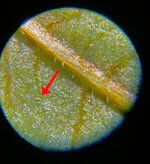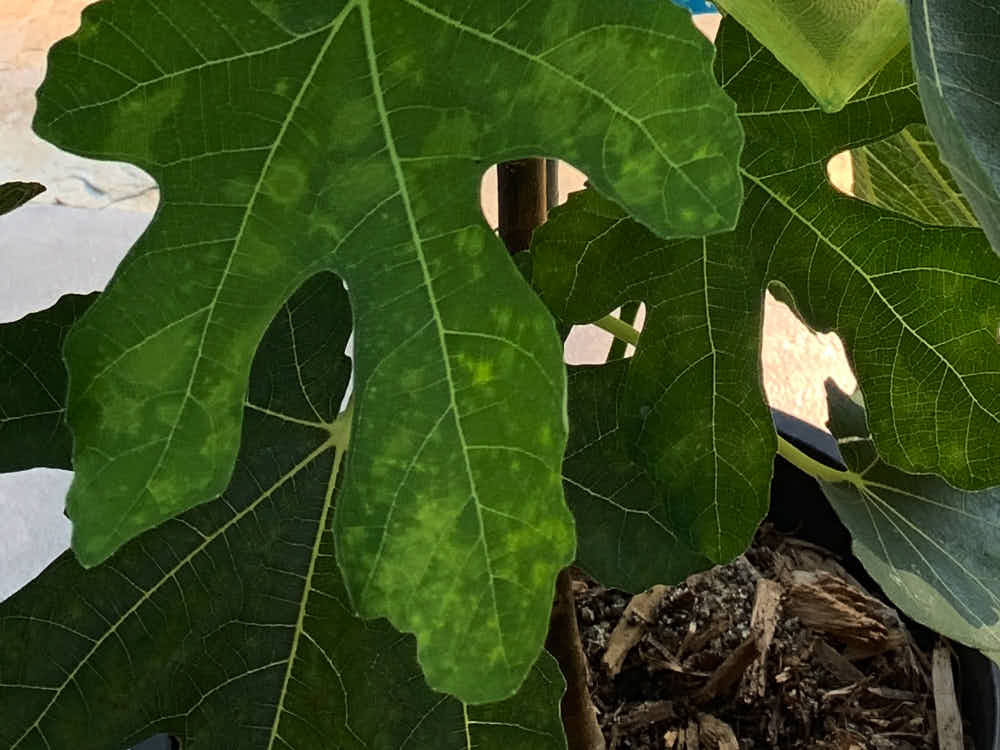I think I may have finally eliminated mine. In 2022, when I just started growing figs, I had a major infestation. I got a few leafed-out trees from a well-known grower near Niagara Falls, and all his trees came infested with mites, as I later found out. They did spread on most of my newly rooted trees as well that summer. Mites were confirmed with a microscope. Tons of them. Most leaves, especially the top ones, looked like this:
I tried many things, but what eventually worked is a combination of the following:
Regular sulfur sprays
Exposing the trees to freezing temps down to 20F-23F for 3-5 nights.
Hard pruning
Removing apical buds once the trees go dormant
Dormant oil spray
@wyanokie @Figgin' A , I have beaten spider mites for a year or more countless times. It is not going to be a problem wyanokie please stay relaxed. You could use combinations for indoor infestations that might include dipping your starts in forbid, and avid plus adding a third miteicide of your choice. This is only to be used for indoor propagation centers. Do not ever use forbid Outdoors. You will create more problems, and pest resistance that way. For outdoor infestations 2% wettable sulfur suspended with yucca extract. I would add an insecticidal soap containing a pyrethoid there are many choices. Repeat every 10 to 14 days it's going to be just fine



